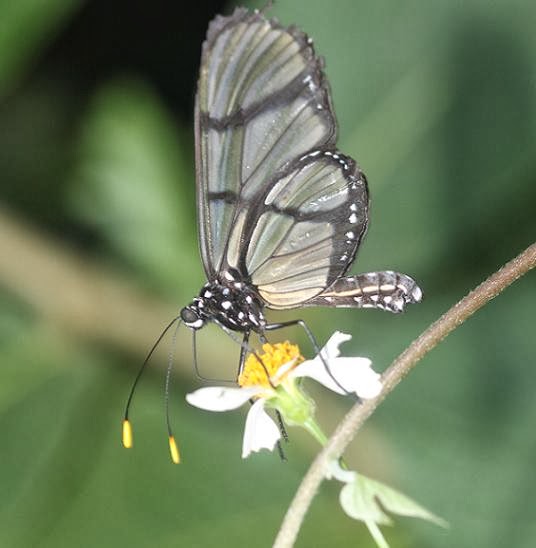For me, one of the hardest scientific conclusions to accept is the belief that atoms comprise mostly of empty space. Empty space. Think about that! Imagine being in a huge, empty cathedral and your small and solitary voice echoing off every distant wall in a manner that suggests eternity. That's an atom.
The nucleus of an atom is made up of positively charged protons and electrically neutral neutrons, and apart from the occasional electron whizzing round like an angry bee, that nucleus occupies such a tiny percentage of the atom as a whole, (100,000 times smaller), it has been said that if it were possible to remove all the empty space in every atom, the Earth would be reduced to the size of a grapefruit.
I don't deny that this is true. It has to be. When Rutherford conducted in 1911 his famous experiment where he fired alpha particles from a radium gun at gold foil he found that only one alpha particle in 8,000 would bounce back because it hit something.
What I find especially difficult is, if we are mostly made up of empty space why don't we just fall to the floor if we were to sit on a chair, or for that matter straight through the floor once we've been through the chair? Why conversely does everything feel so reassuringly solid?
I'm reading this particular science book at the moment which refers to a mysterious force that literally drives apart the electrons and nuclei of an atom so fiercely it effectively turns each atom's constituent parts into something resembling 'invisible girders.'
When you contrast that strong, dividing mechanism inside the atom with the strong nuclear force which glues protons and neutrons together in the first place, and thinking about those different component parts being both repelled and attracted at the same time, without us, well...falling through a chair when we sit on it, or life itself tearing our flimsy self to pieces, isn't life truly a miracle? Or is that the greatest understatement ever?




























